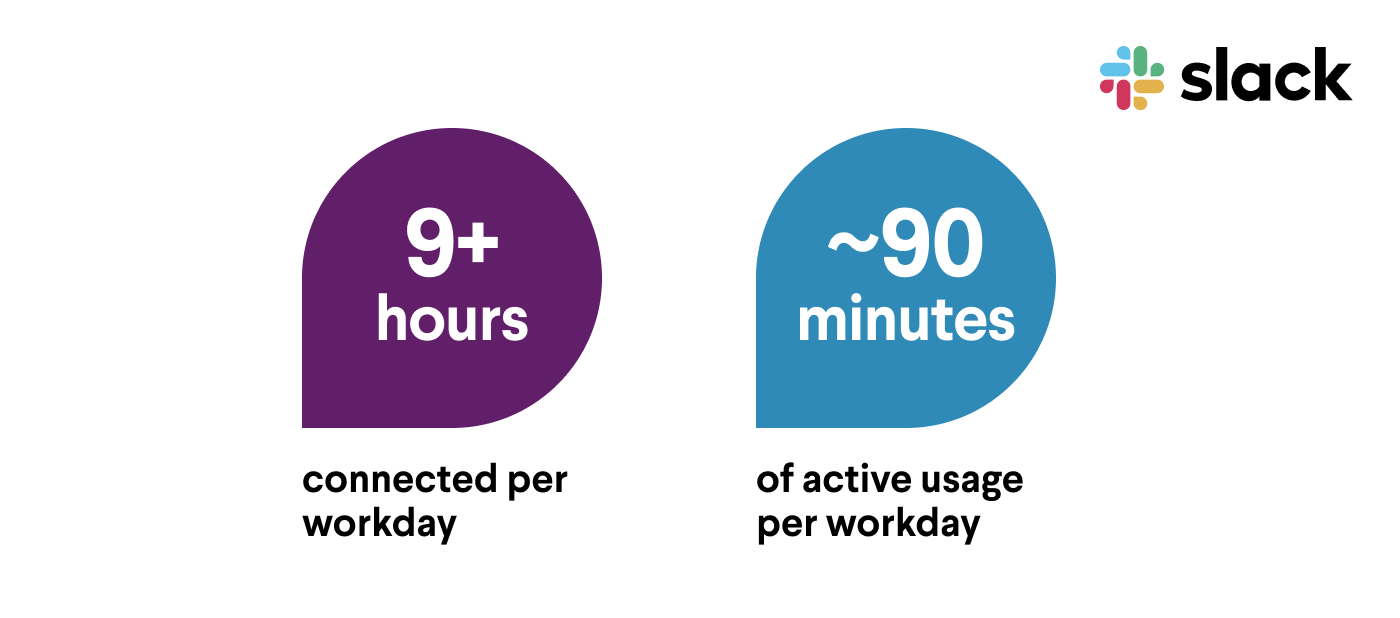I’ve got a question about effective remote work. I’ve been working remotely with my team pre-pandemic but now that even more people are working remotely too, it feels like everyone is just assuming that I’m immediately available to help them. It’s gotten to the point where I’m answering questions from 4 people WHILE being in a meeting with my lead. This loss of concentration makes it hard to focus enough to make great decisions quickly. How does the Doist team manage effective communication with everyone being remote?
In a follow-up about the tools his team uses to communicate:
Most communication is either Slack or Zoom. Email is more used for Outlook calendar scheduling and approval requests (Git reviews/ Deployment approvals/Technical requests). Probably the hardest thing now is many people are sending Zoom invites like making a landline call (no regard for your calendar)
Yikes! I’m sure this is a problem many team leaders can relate to right now. People are realizing the highly synchronous nature of office communication doesn’t transfer well to a remote environment. A 15- or 30-minute Zoom call or a quick Slack ping may seem harmless from your employees’ point of view. But multiply that by the number of people who need things from you, plus the time it takes to bring your attention back to whatever you were working on, and you can lose whole days of productive work to meetings and Slack messages. (There’s lots of interesting research about the productivity cost of interruptions in the workplace in this article if you’re interested.)
Luckily, there’s a long history of remote companies – like Buffer, Toggl, Zapier, Help Scout, and Automattic – who have embraced a more asynchronous way of collaborating – where an immediate response isn’t expected for the vast majority of communications – while still being incredibly successful. In fact, I’d go so far as to say they’re more successful and productive because they work asynchronously, not in spite of it.
While not every team is going to go quite as async as we are at Doist, most teams could benefit from fewer meetings and more time for focused work. Here are some ideas on where you could start:
- You might be a bottleneck for information or decisions so people are blocked until you respond. Can you delegate more decision-making authority? Can you document information so that people can find it for themselves? The up-front investment in time will save you many pings and “quick” 15-minute Zoom calls in the future. The more autonomous people can be in their work, the better.
- Introduce your team to the concepts of async communication and deep work and why they’re important not just for team productivity but for everyone’s mental well-being too.
- Lay out clear guidelines around communication and expected response times. For example, at Doist we have teammates spread across 18+ time zones so we know to expect a response within 24 hours. That expectation changes the way we communicate. No more messages that say “hey, are you there?”. We’ve learned to include as much information as possible up front to cut down on the number of back-and-forths that need to happen.
- Make clear that meetings are a last resort and that your teammates should start with written communication first.
- Make clear that you’ll only be checking your communication tools at certain times of the day and encourage your team to do the same.
- Start blocking off time on your calendar for deep work so people can’t schedule meetings during that time. Khoi Vinh, a Principal Designer at Adobe, has found that people are apt to ignore large calendar blocks called “Do Not Book” so he’ll name his deep work sessions things like “Collaboration Session” or “Research Review”.
- Better yet, get the whole team involved, with No Meeting Mornings or Deep Work Wednesdays. Everyone loves a good alliteration.
- Consider switching communication tools. Group chat apps like Slack are designed for instant messaging, not async communication. They build “always on” communication habits that are hard to break. Sure, you can turn on Do Not Disturb, but the pull to check your messages so you don’t miss something important is a strong one. It’s like bringing Facebook or Twitter to the workplace. At Doist, we use Twist for more organized and asynchronous communication, but there are a growing number of tools out there that aim to bring more calm and focus to the workplace.

Moving a team toward a more asynchronous way of collaborating isn’t easy. It’s not just about changing policies or tools but about shifting your team’s norms and culture. Are you a team who believes that uninterrupted time for focused work is important? Do you believe that people’s time and attention should be treated as a valuable resource to be respected and protected? Do you believe that people should have less stress and more control over their workdays?
Most companies would say yes to those questions, but very few back that up with their policies and actions.

